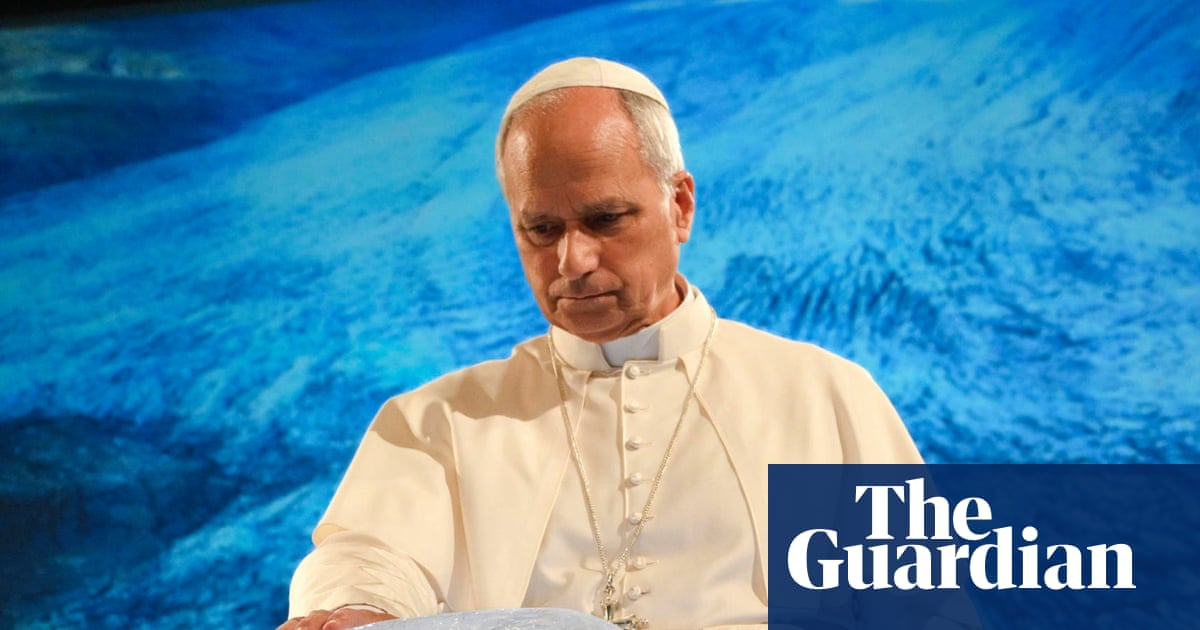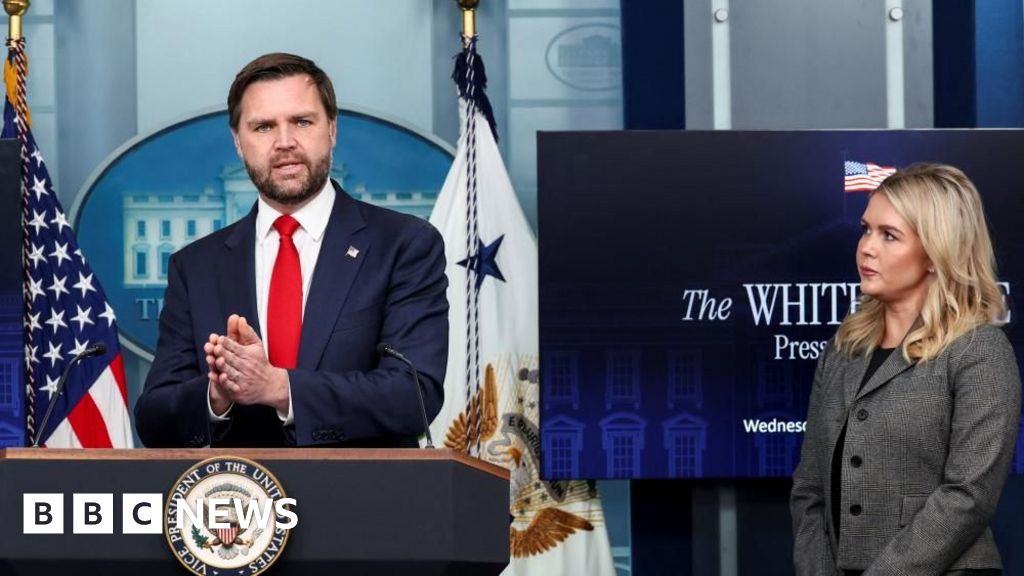- Plain Sight Productions
- Posts
- Rock Solid
Rock Solid
the sturdy "pebble" still stands

Of the numerous ideas that Orthodox Christians, Protestants, Mormons, Muslims, Jews, agnostics, and atheists disagree about, there is one specific concept that they all can toast to: the alleged illegitimacy of the papacy.
When it comes to proving the papacy, as much as we Catholics like to drop the Matthew 16:19 bomb and call it a day, there is unfortunately a bit more work required.
This is indeed the scriptural foundation, but when it comes down to apologetics and providing a convincing argument for non-Catholics, more detail is necessary.
However, starting with this verse is essential.
Jesus said to him in reply, “Blessed are you, Simon son of Jonah. For flesh and blood has not revealed this to you, but my heavenly Father.
And so I say to you, you are Peter, and upon this rock I will build my church, and the gates of the netherworld shall not prevail against it.
I will give you the keys to the kingdom of heaven. Whatever you bind on earth shall be bound in heaven; and whatever you loose on earth shall be loosed in heaven.”
We’ll get back to this in a second.
Peter is not only the foundation of the Church but is also the most referenced apostle in the New Testament. He is not only mentioned more times than any of his counterparts but also is specifically alluded to more times than the other eleven combined.
Additionally, when listing the twelve apostles by name, Peter is always mentioned first, which is relevant when understanding the list was not in any specific order, whether by age, seniority, or any other metric that could explain this.
Christ also specifically tells Peter to feed His sheep, tend His sheep, and feed His lambs towards the end of the Gospel of John post-resurrection.
Christ is not only entrusting Peter with specific pastoral leadership over the newly minted flock of Christians, but is also providing Peter with the opportunity to reverse his threefold denial of Christ by accepting the threefold responsibility.

we all deserve a second chance
Luke 22:31-32 also points to Peter’s special unique commission to safeguard the faith of others when Christ says:
“Simon, Simon, behold Satan has demanded to sift all of you like wheat,
but I have prayed that your own faith may not fail; and once you have turned back, you must strengthen your brothers.”
While John 21, Luke 22, and Matthew 16 provide a good foundation for the office of the papacy, the verse in Matthew’s gospel rises above the rest, mainly due to the typology embedded within it.
As Saint Augustine says, “The new is hidden in the old, and the old is revealed in the new,” referencing the relationship between the Old and New Testaments.
It is extremely common for many Christians virtually ignore the Old Testament and hold the erroneous view that the New completely replaces the Old, deeming it unnecessary and obsolete.
The imagery depicted in Matthew 16 is one of many examples that disproves this idea, instead showing that the mysteries revealed to us in the New Testament were hinted at in the Old.
To start off, we must traverse to the prophetic books and read the book of Isaiah.
The 22nd chapter paints a vivid image of a man named Eliakim, who is bestowed with a specific royal authority—a position that can be best described as the prime minister over the House of David, second only to the king.
In Isaiah 22:22, Eliakim is presented with the keys of the House and is ensured that “what he opens, no one will shut, [and] what he shuts, no one will open,” serving as a striking similar authority to the binding and loosing imagery presented in Matthew.
While the term “binding and loosing” likely doesn’t ring a bell to modern day readers, the Jewish audience at the time was very familiar with it.
Generally speaking, it refers to the authority of determining what is permitted and not permitted, as anyone who is bestowed with this power of binding and loosing can “bind” the faithful to the teachings they assert.
Therefore, it is clear that as Christ is instituting the new covenant, He strips this special authority from the hypocritical Pharisees and bestows it upon Peter, signaling that Peter has become something of a second-in-command prime minister that is inferior to only the King, Christ Himself.

ave Christus Rex!
The keys are not the only important component of the image however; the rock that the Church will be built upon also has ties to the Old Covenant.
Both the first and second temples where Jews worshipped on were literally built upon a massive rock.
But not just any rock.
It was commonly identified as the “foundation stone” on Mount Moriah, which is the same place Abraham nearly sacrificed Isaac.
Interestingly enough, after the Ark of the Covenant was displaced by Jeremiah before the destruction of the First Temple, the high priest would place the blood of the sacrificed animal on the foundational stone instead of the Ark.
With this in mind, Matthew 16:19 clearly depicts Christ establishing the new temple and foundational stone where His people will worship under the New Covenant. Instead of presenting the sacrifice of a bull or goat, the members of New Israel gather together to witness the representation of Christ’s sacrifice at Calvary.
The most common pushback to the verse is the idea that in Greek, Christ seems to use two different words when referring to Peter and the rock: petros and petra. This creates the implication that Christ couldn’t possibly be referring to Peter as the rock because petros translates to “small stone” or “pebble,” while petra refers to “large rock.”
Firstly, in Koine Greek—the New Testament dialect—the words petros and petra are synonyms, and the only reason why the petros is used is to match the masculine subject (Peter) with the masculine noun.
In addition to this, in Aramaic—the language Christ was speaking—both petros and petras translate to kepha, meaning Christ used the same word twice in the sentence.
With the scriptural evidence in mind, we must now turn to the historical evidence.
The Church of Rome’s special privileges—due to its head being the successor of Peter—was essentially common knowledge in the early Church.
While there are endless excerpts from the early Church Fathers detailing the special nature of the head of Rome’s Church, there is one specific example of a letter written from the church of Corinth to Pope Clement that perfectly highlights it.
In the late first century, the Corinthian Church was going through a tumultuous period, as a handful of younger members had deposed the presbyters (priests) after a conflict.
After assessing the situation, Clement wrote back, not simply as a private theologian, but using the pronoun of “we,” signifying the message was sent on behalf of Rome. He urged them to reinstate the presbyters, grounding his argument in the importance of apostolic succession and that this rebellion was not only against men but against God’s established order.
The most intriguing detail about this is that Saint John the Apostle—notorious for being the only disciple to stay by Christ’s side throughout His passion—was still alive during this time and resided in Ephesus, which is obviously much closer to Corinth than Rome.
Given this fact, it’s clear the Corinthians weren’t appealing to Clement based on personal status or superiority as an individual (as they would appeal to John instead) but rather because they had the common understanding that that Rome held a special primacy.
Putting history aside and using logic, having a supreme head of any institution makes perfect sense if one of the main goals is to maintain unity.
The lack thereof is a key reason, among others, for the never ending fragmentation that is observed within Protestantism, given there is no mechanism to resolve theological disputes.
Although the higher level of structure makes them less susceptible than Protestants, Orthodox Churches still suffer from the same issue.
The conciliar relationship of bishops in Orthodoxy leads to the idea that if the patriarch of Constantinople and Alexandria disagree about something, there is no practical way to solve it.
This is a major reason why the last time the East participated in an ecumenical council was when they were in communion with Rome, as the lack of a unifying leader to gather bishops from different countries hinders them from even convening. Because of the papacy residing within the Western Church, the shift of the Roman emperor calling the councils to the Pope proved to be a smooth transition.
Not only can the Catholic Church be confident that issues over doctrine and interpretations can be quickly resolved through the Magisterium with the Pope having the last say, but we can also be confident that—most importantly—the truth will emerge because Christ’s promise of the gates of hell never prevailing will always remain.
“You cannot then deny that you do know that upon Peter in the City of Rome was bestowed the Episcopal Cathedral, on which say Peter, the head of all the apostles (for which reason he was called Cephas), that, in this one Cathedra, unity should be preserved by all, lest the other apostles might claim—each for himself—separate Cathedras, so that he who should set up a second Cathedral against the unique Cathedral would already be a schismatic and a sinner. Well then, on the one Cathedra, which is the first of the Endowments, Peter was the first to sit.”
Because of the overwhelming evidence supporting the significance of Peter’s role in establishing the Church, many assert that although Peter was indeed given the keys to the kingdom, this does not necessarily mean this privilege was passed down to his successors.
While the Gospel doesn’t explicitly lay out the idea of successors having the exact same role, the concept of the keys intuitively points to the existence of an office or position of the head of the Church. It can be fairly assumed that if the keys are handed to Peter, he wouldn’t metaphorically take them to his grave but rather pass it on to his successor.
If the keys represents governing authority, why would Peter allow the Church to be devoid of this authority after he leaves?
Connecting it to the Old Testament, the power of binding and loosing was a juridical authority continuously handed down and not simply a one time personal privilege.
Moreover, it is easy to claim that Christ bestowed Peter with the keys and the story somehow ends there. But if you’re going to make that claim, you must provide actual evidence that Christ intended for the structure of the Church He instituted to change.
When observing scripture and observing history, it’s clear that Christ’s Church began as a monarchical institution. If that’s the case, how exactly does that morph into the invisible church theory or branch theory?
Lastly, almost as a proof of Rome’s unique role within the Church, it is the only city of the original pentarchy that was never conquered by Islamic forces.
Constantinople, Alexandria, Jerusalem, and Antioch were all captured by Muslims on at least one occasion, while Rome has remained untouched despite many attempts.
More on this coming soon.
If you enjoyed this article, feel free to share with your family, co-workers, and friends and tell them to subscribe.
Thanks for reading and until next time.



Reply